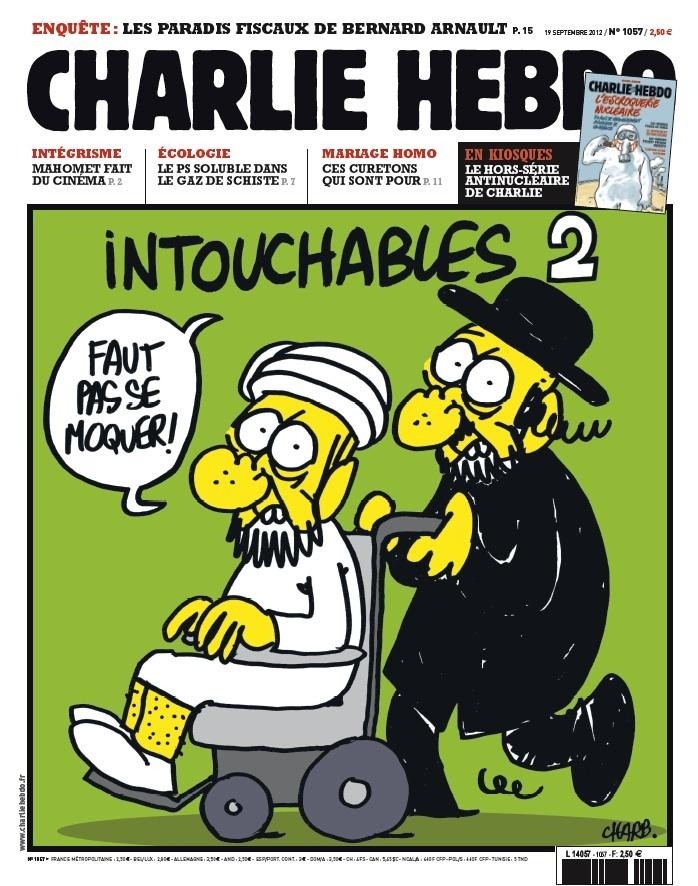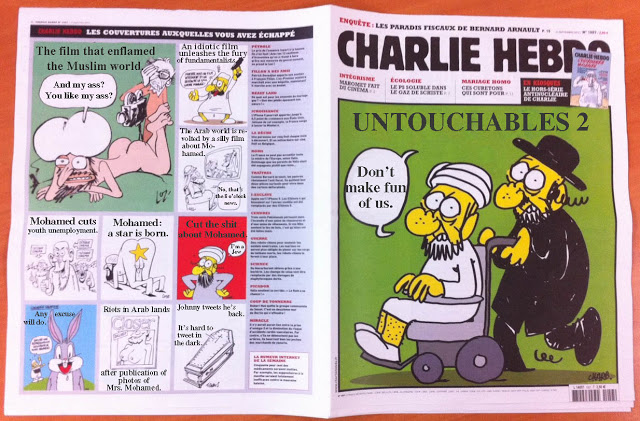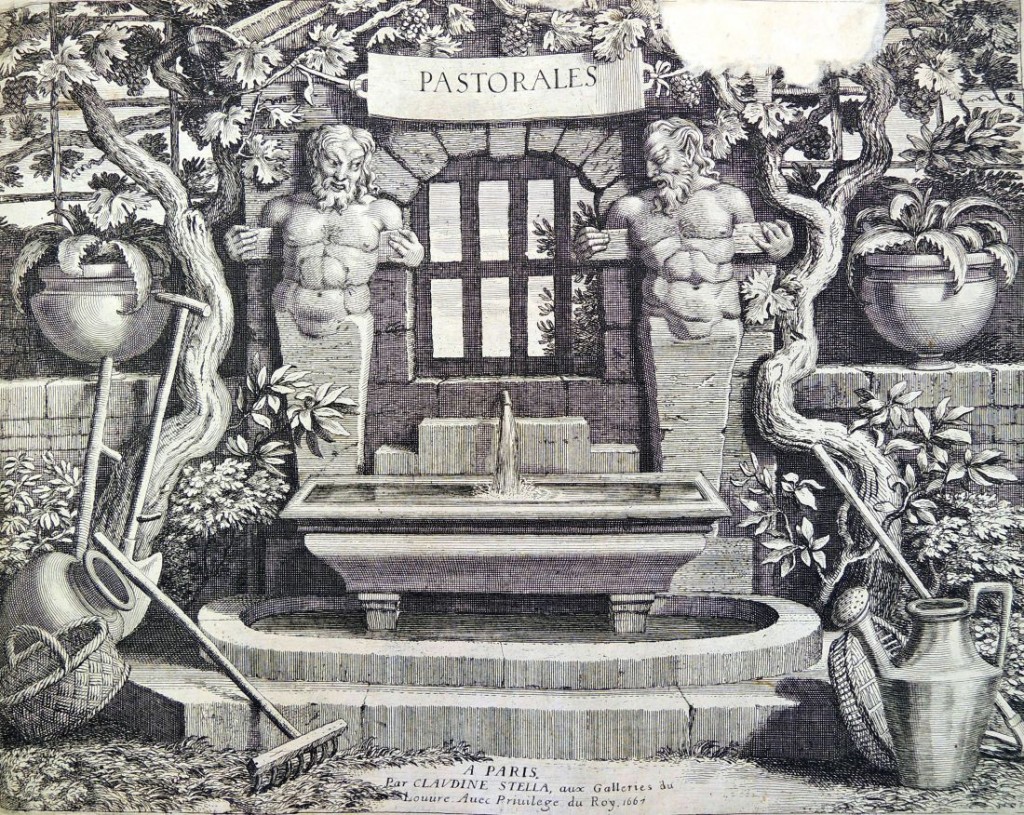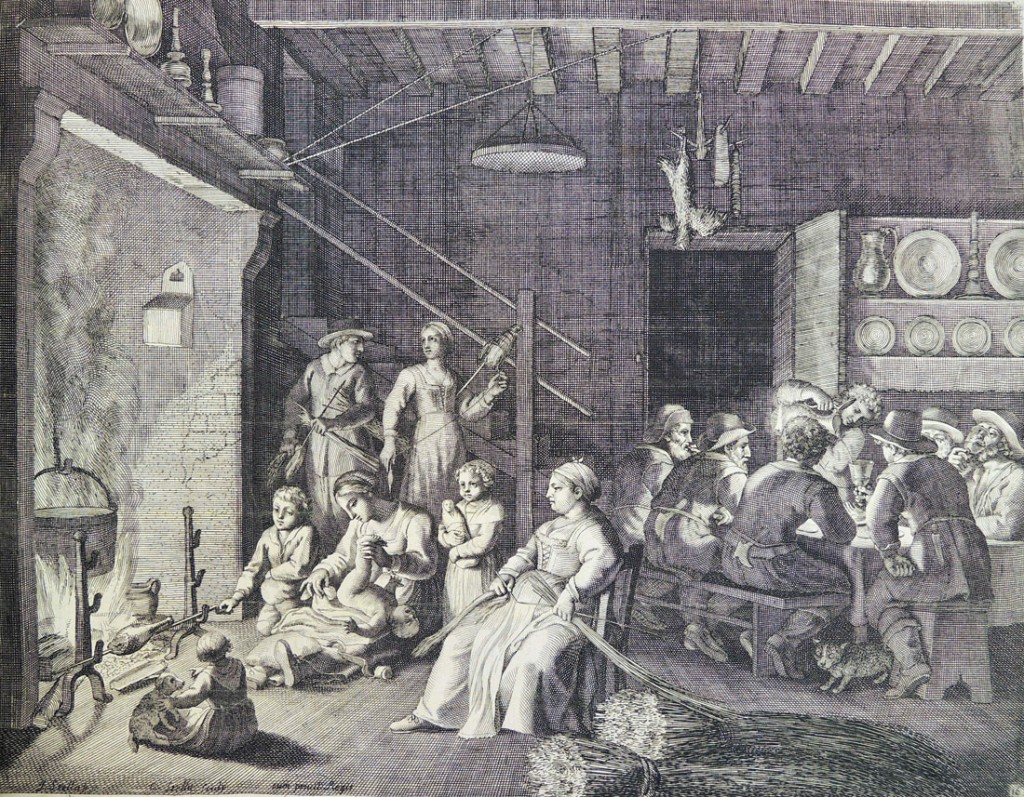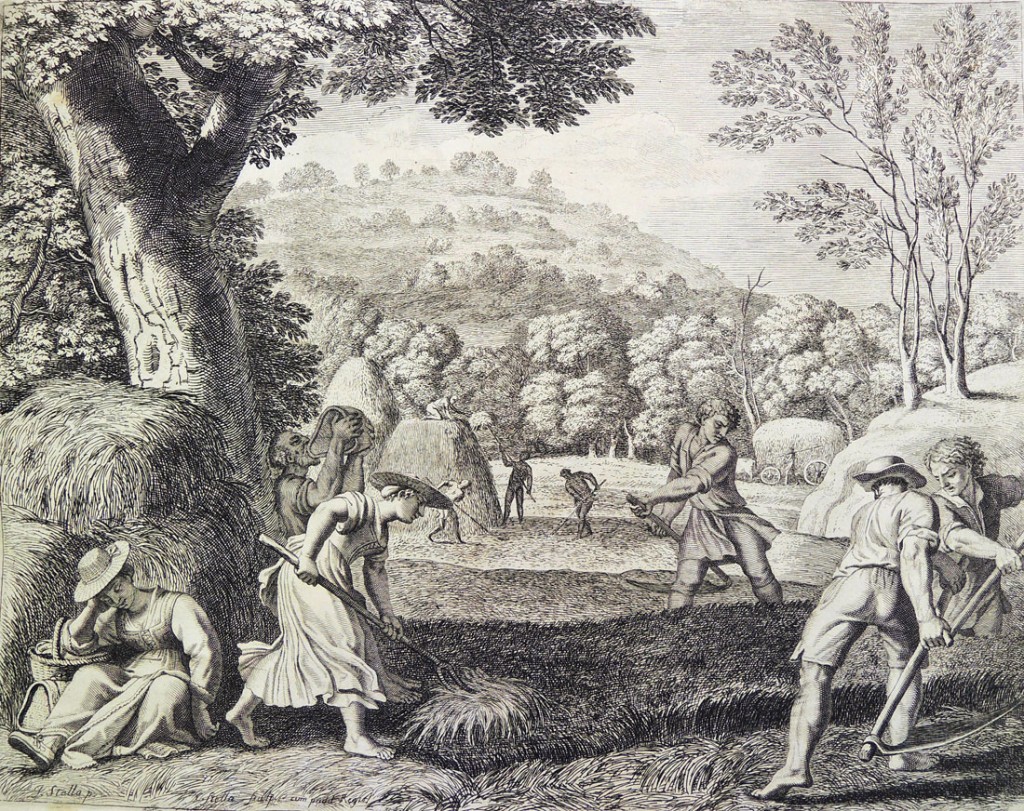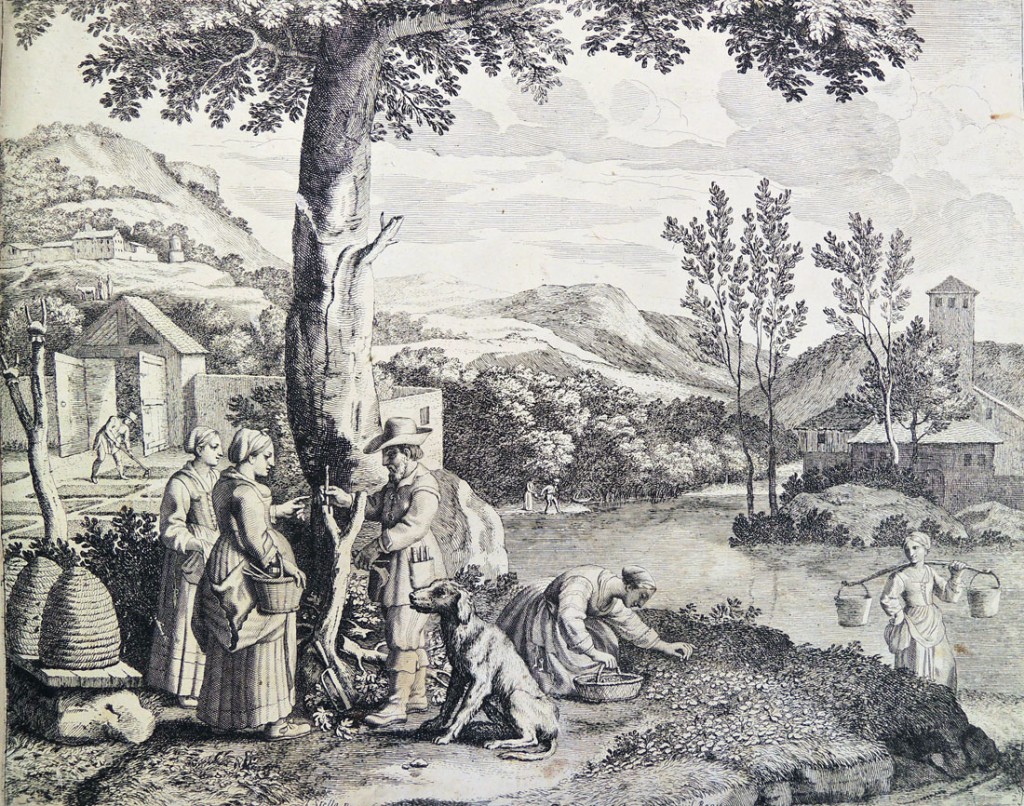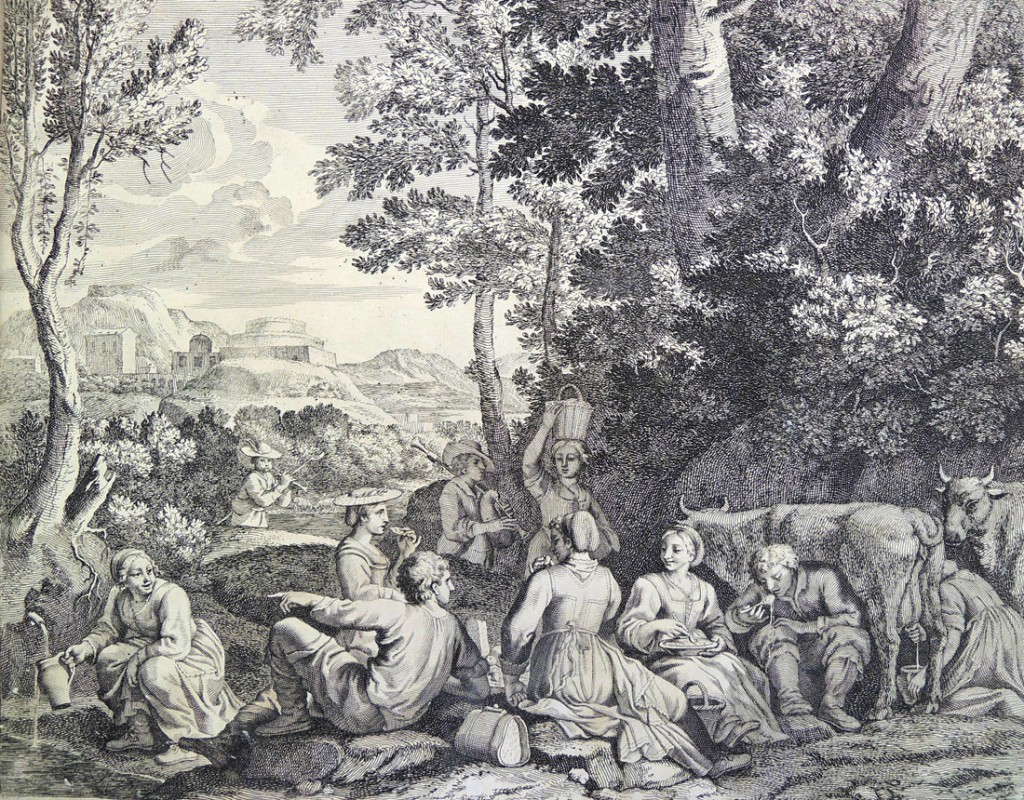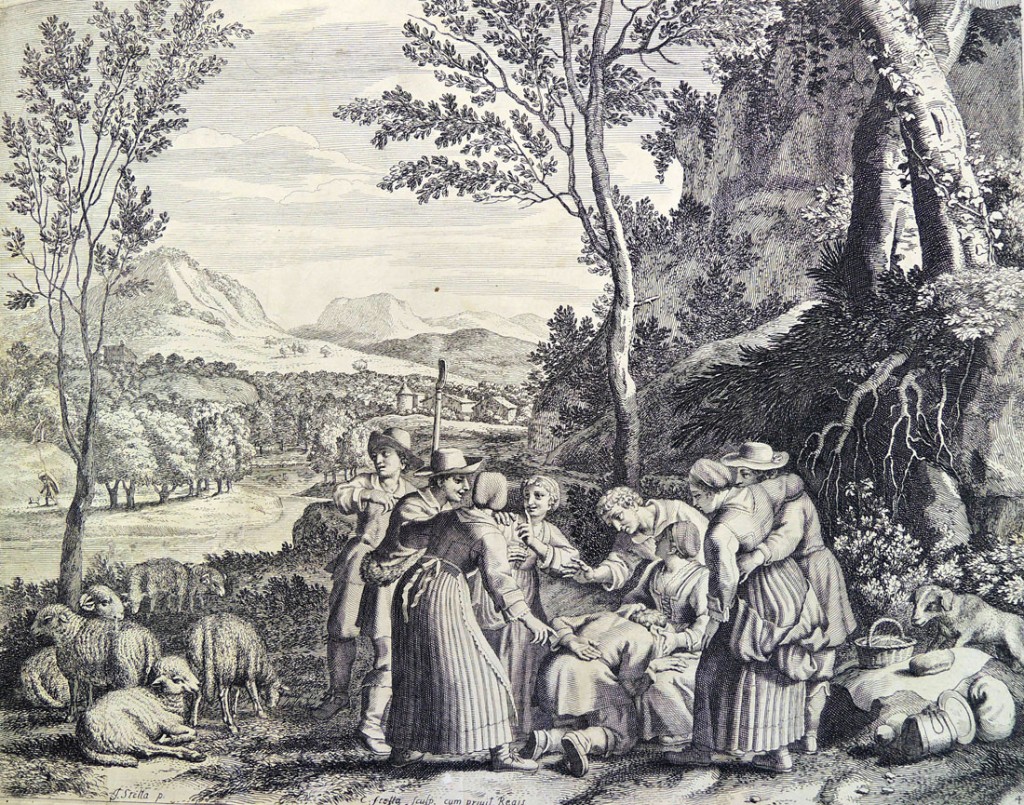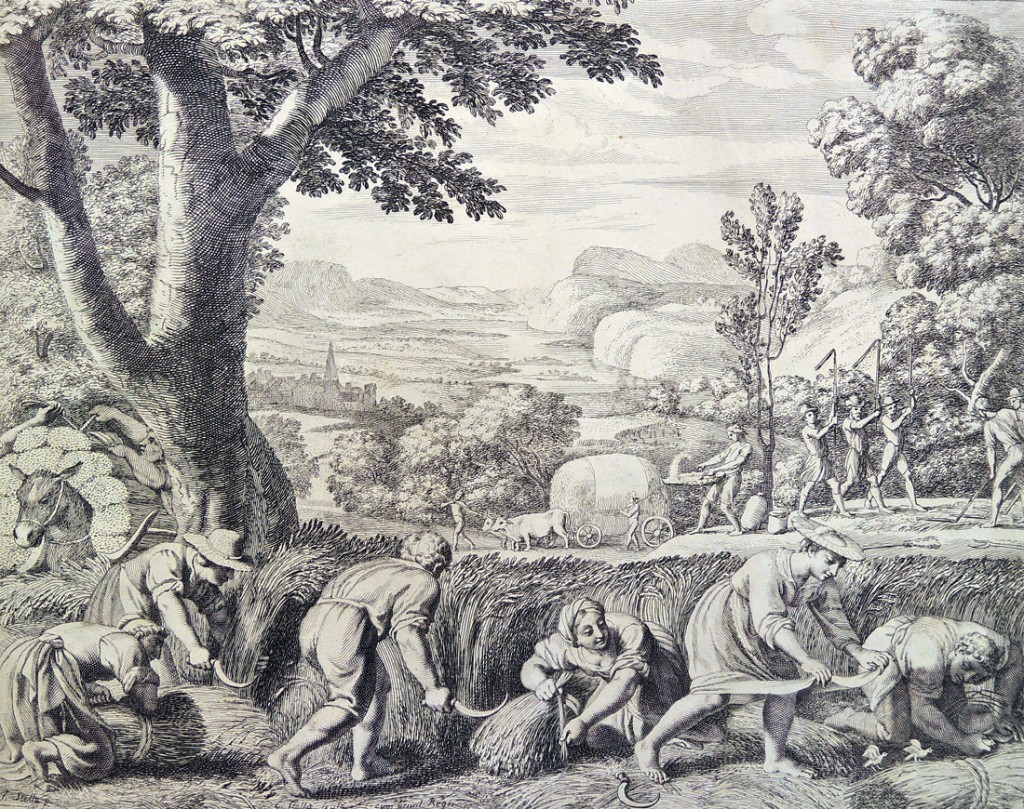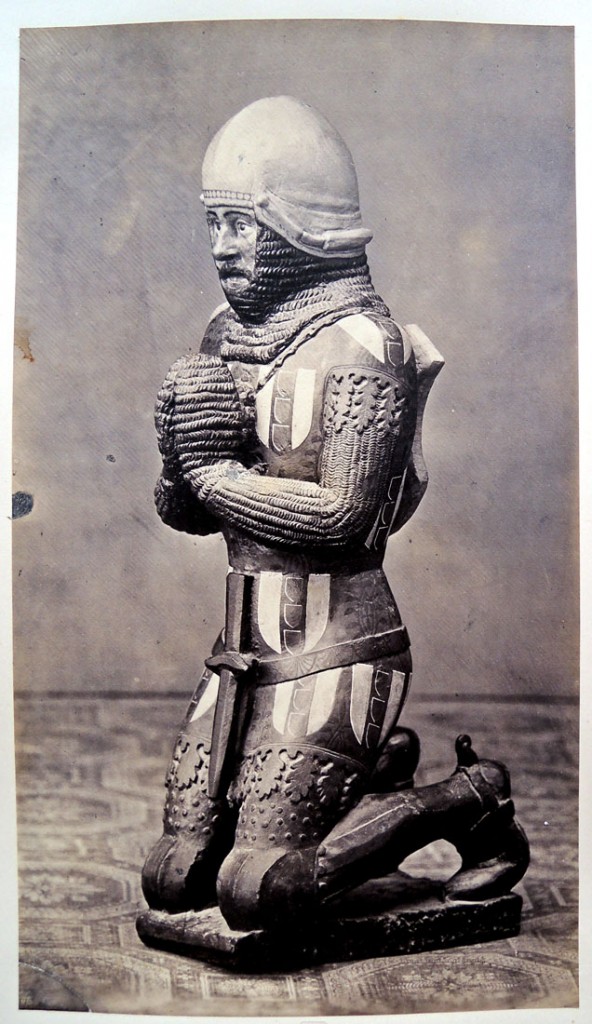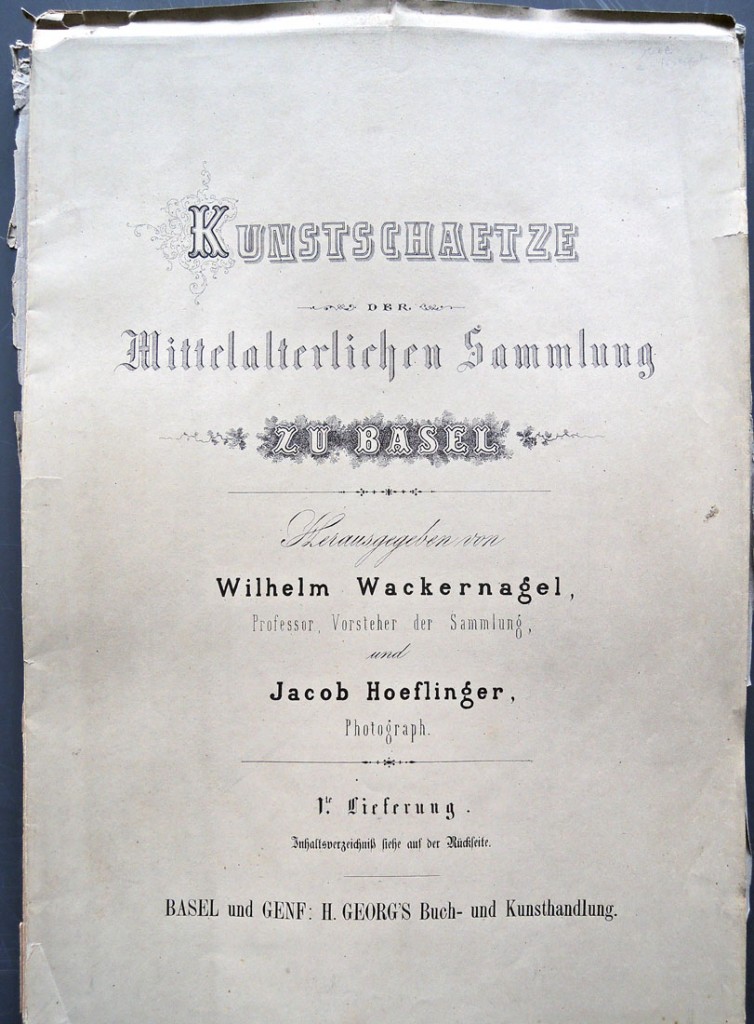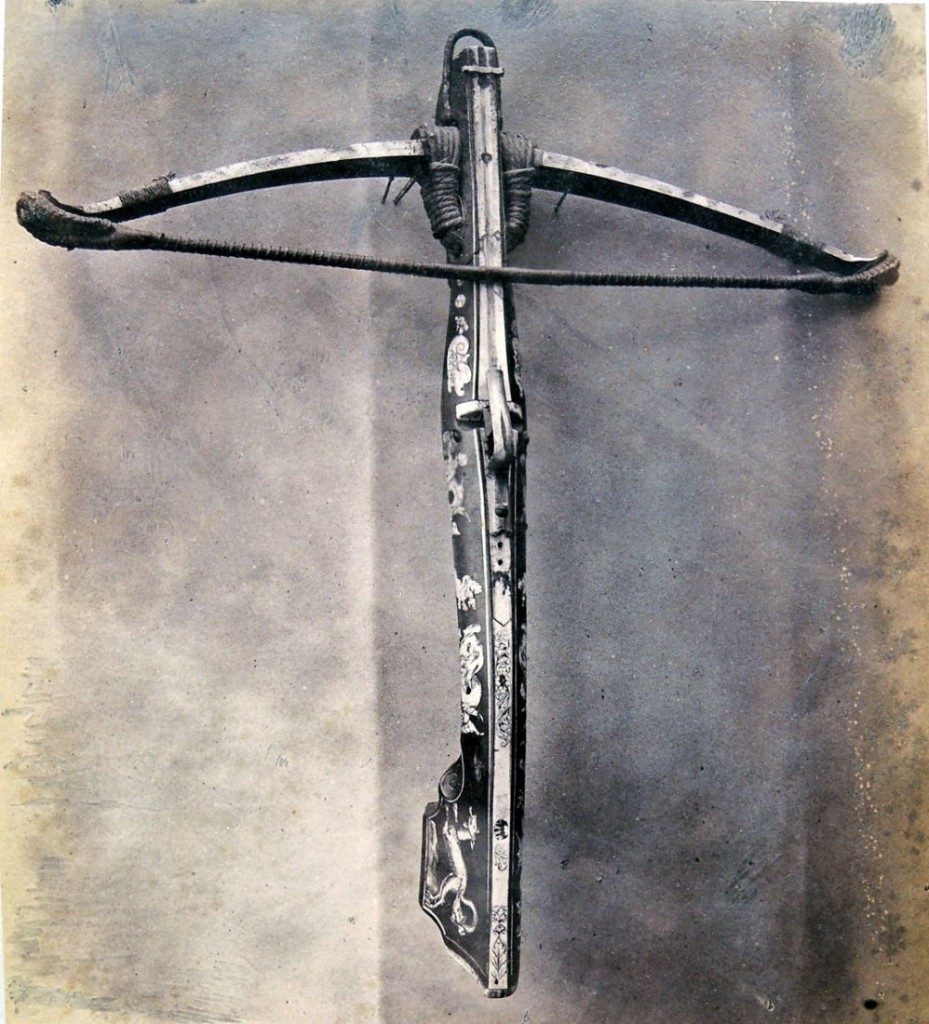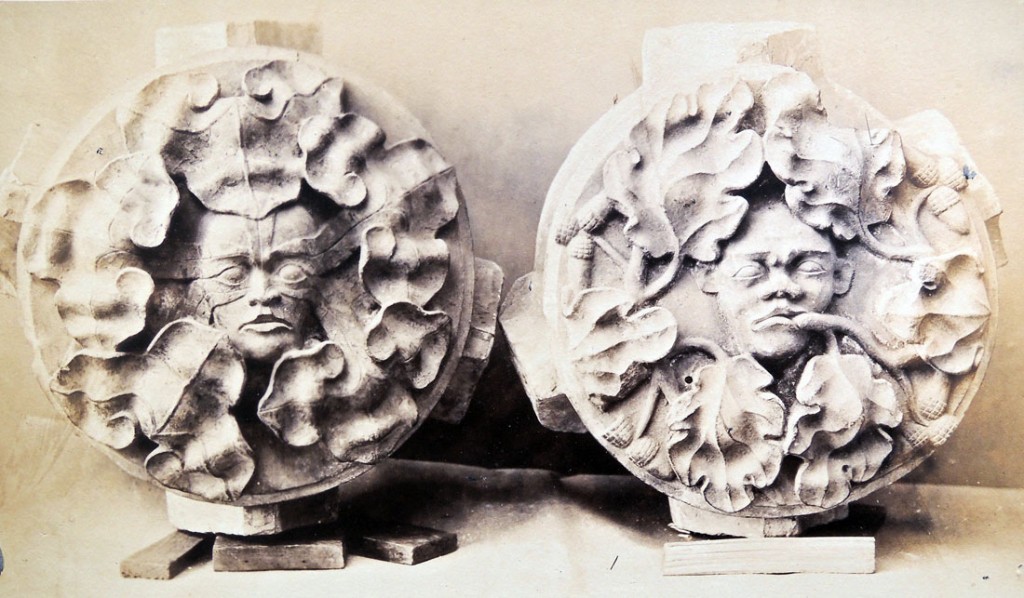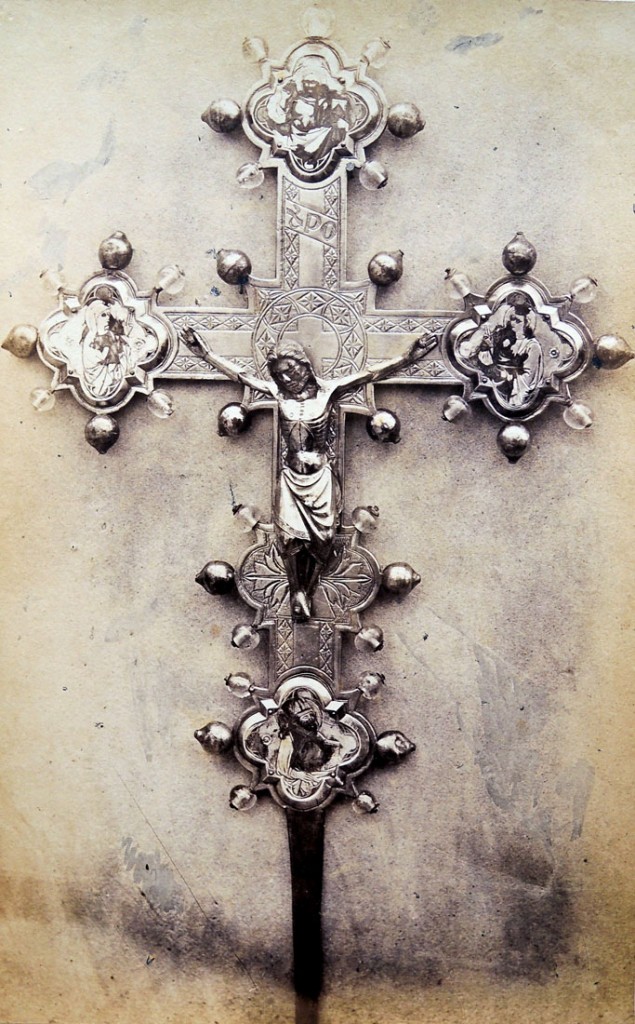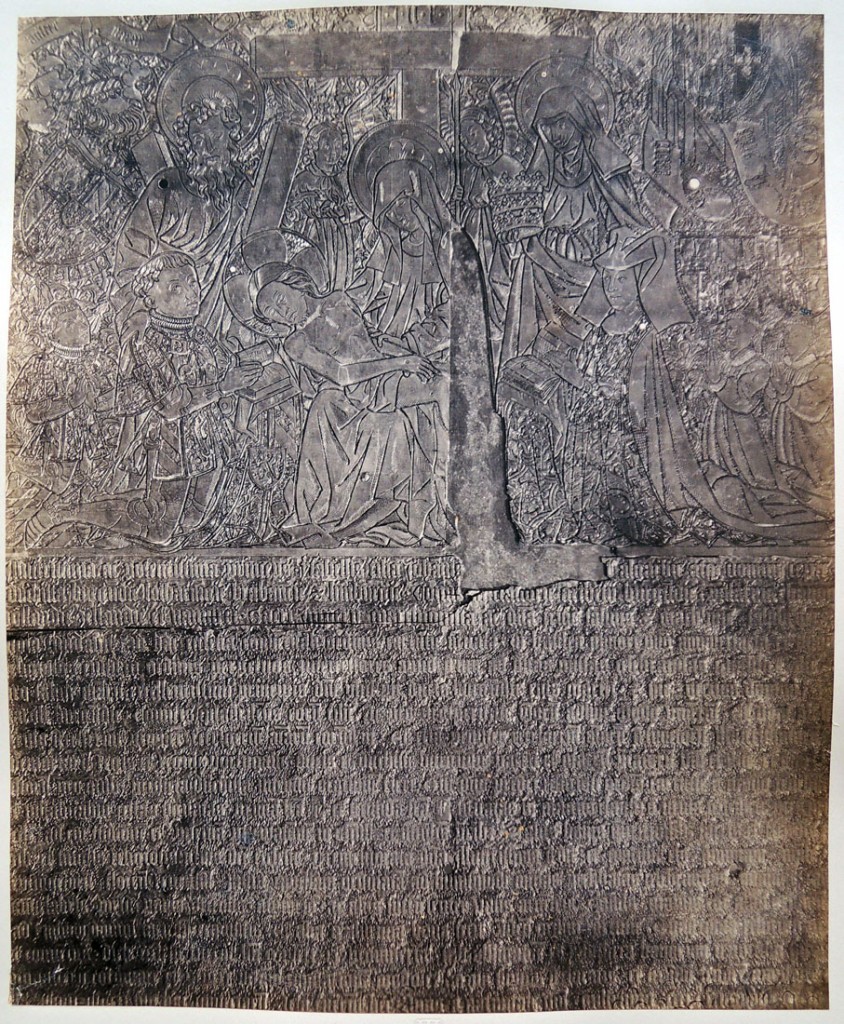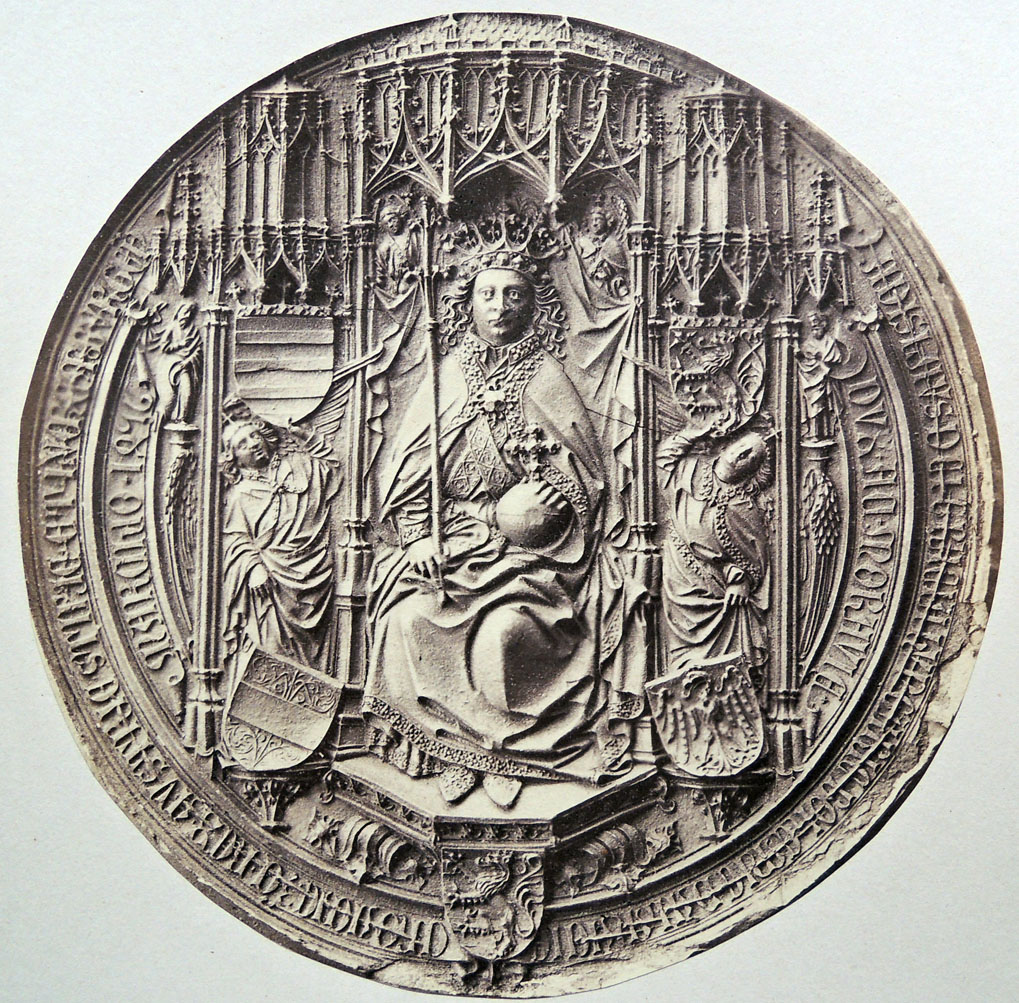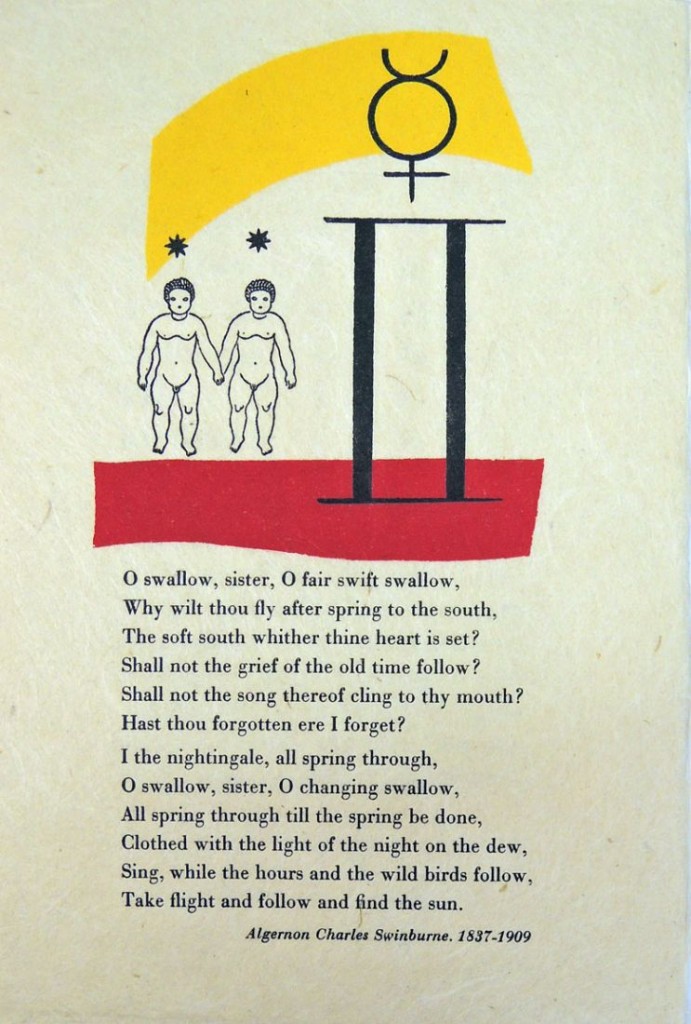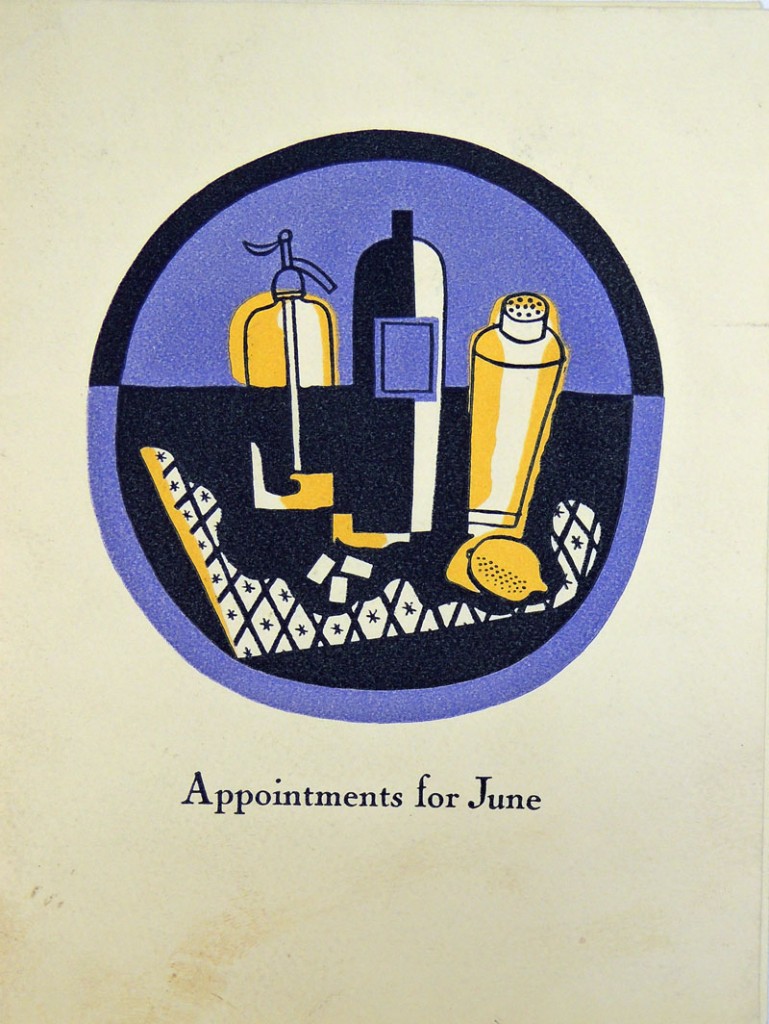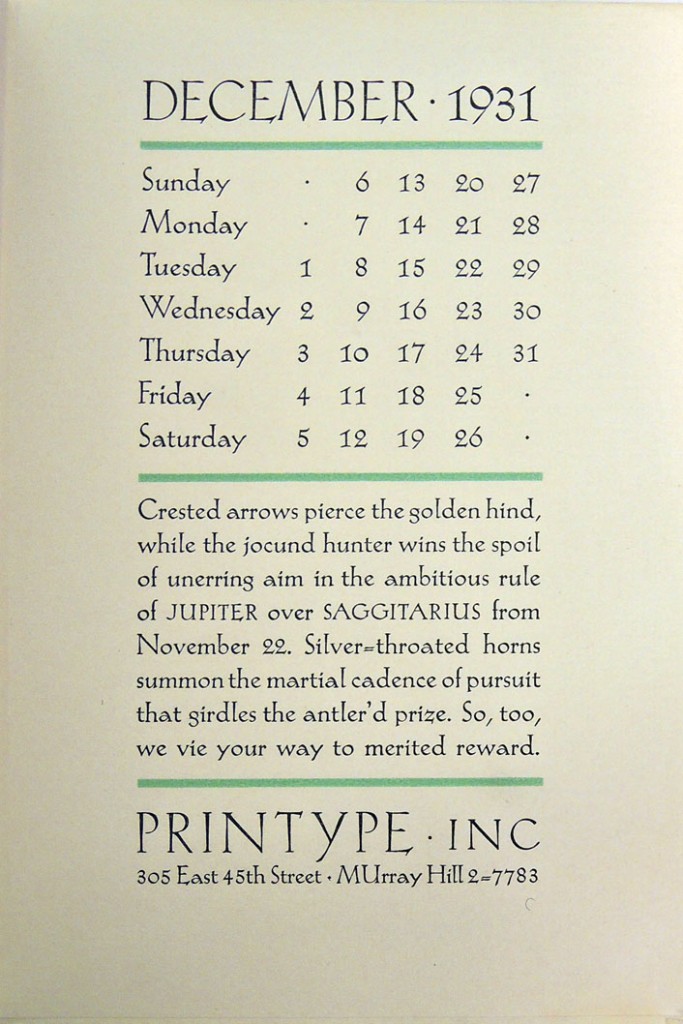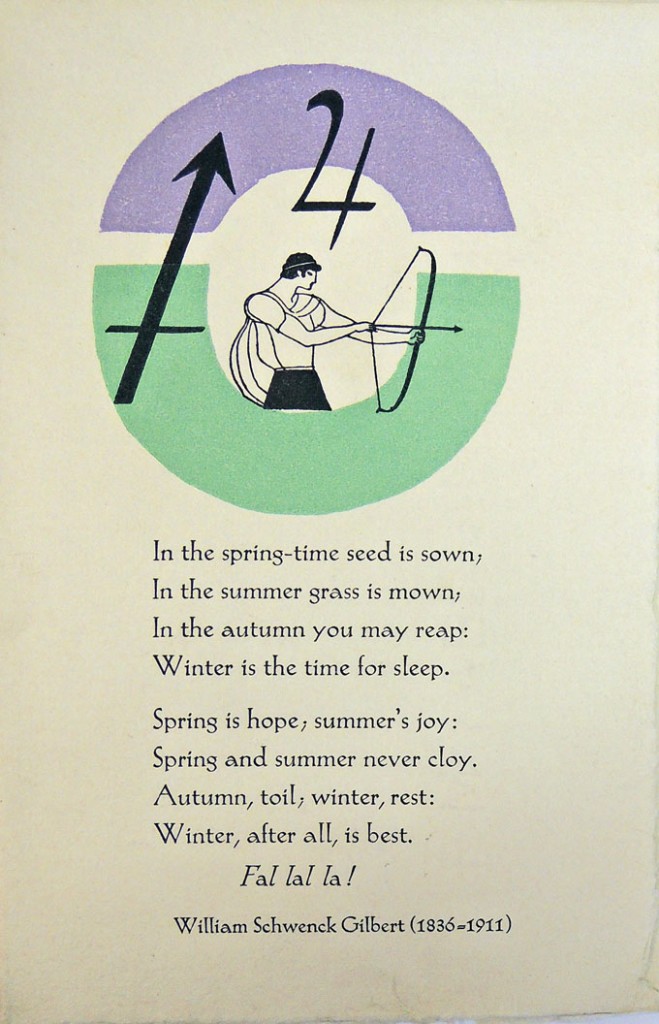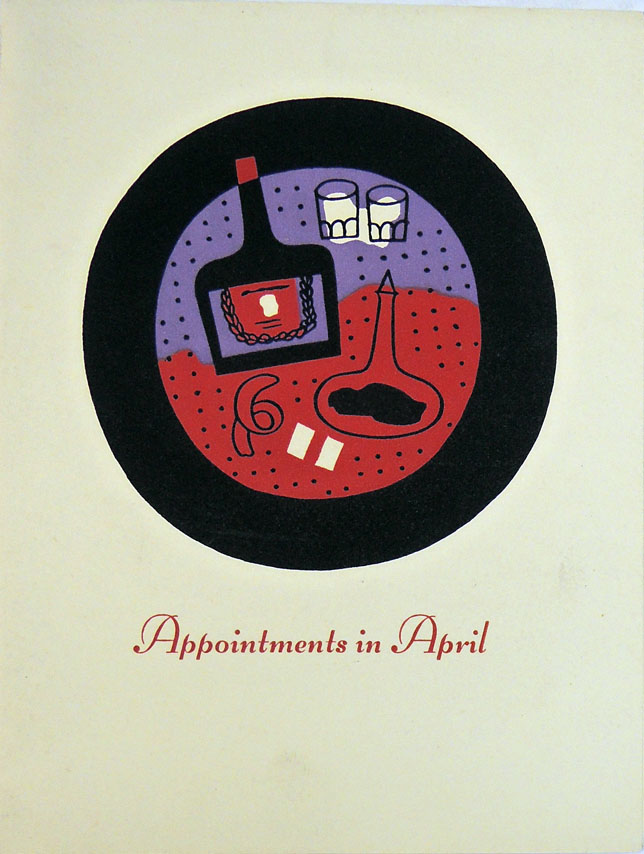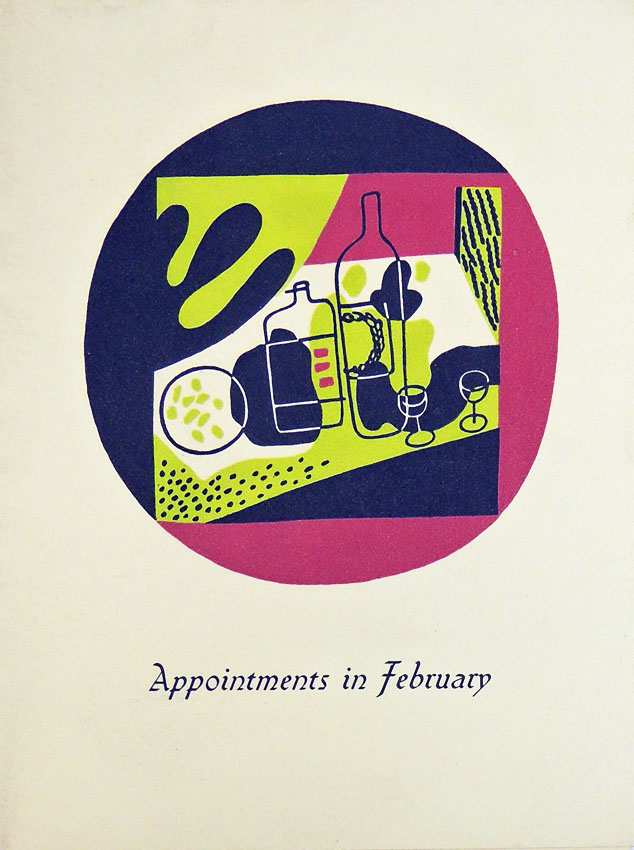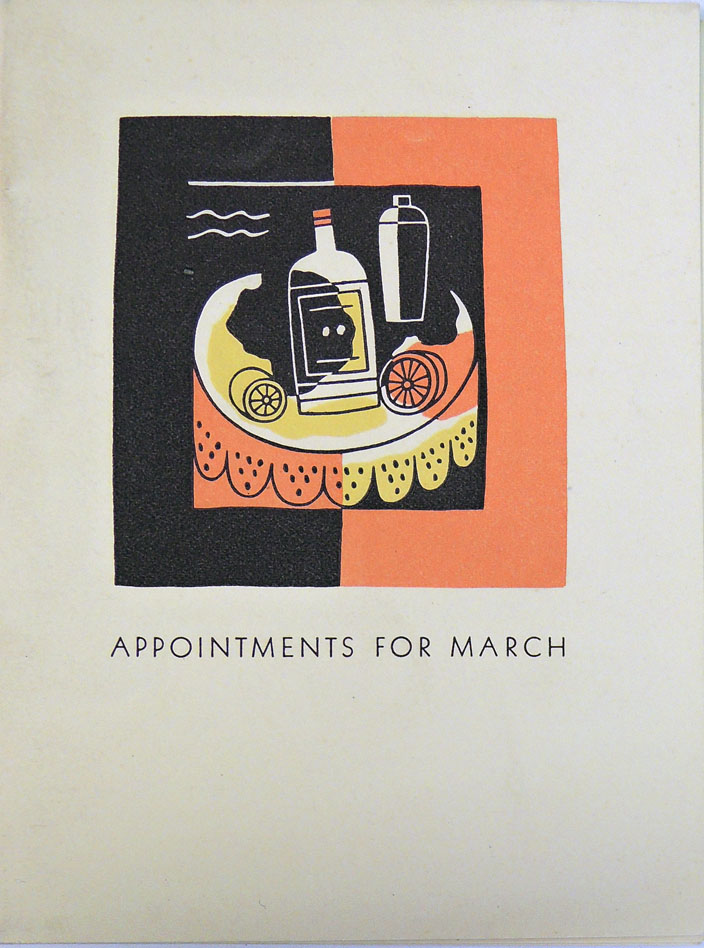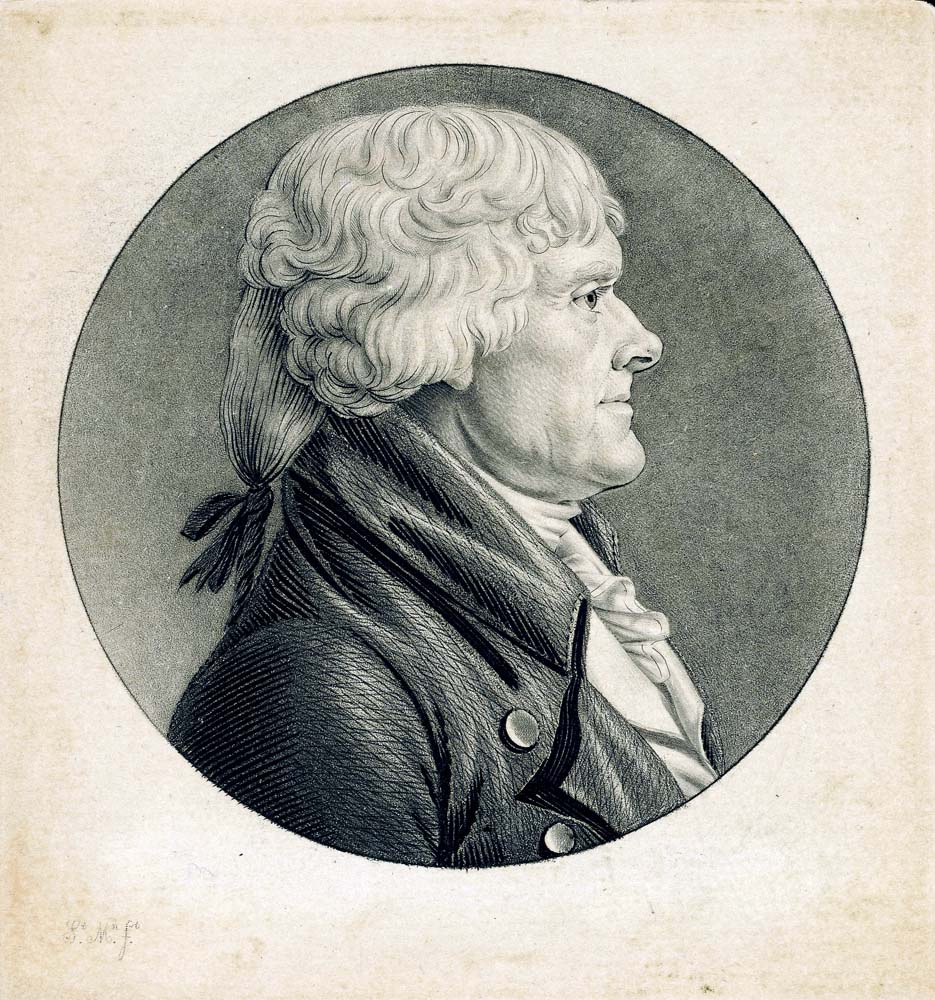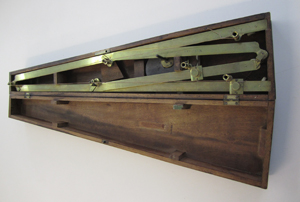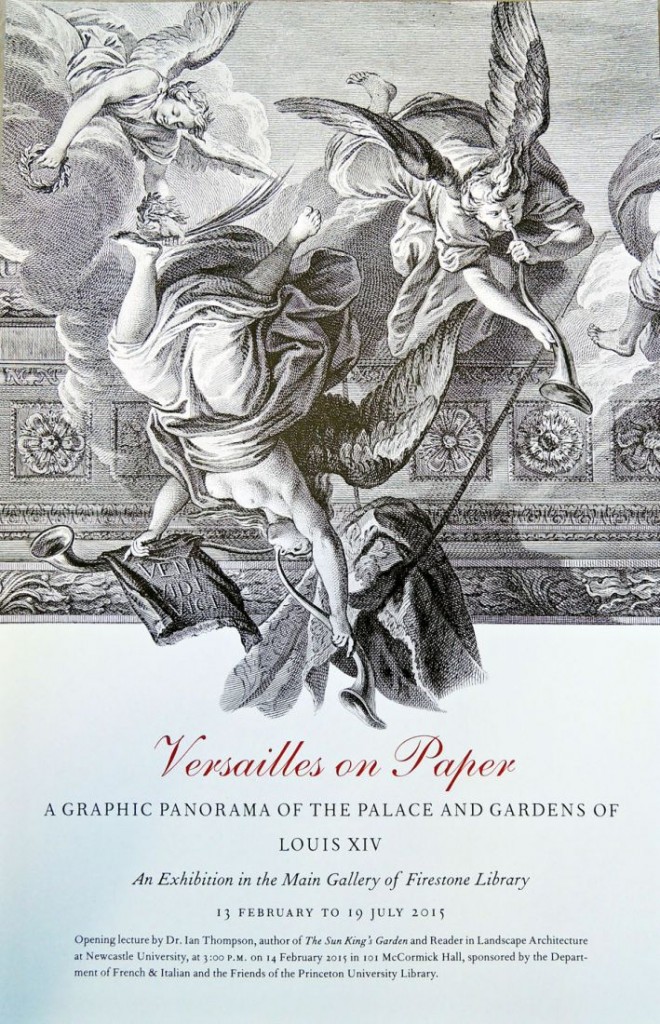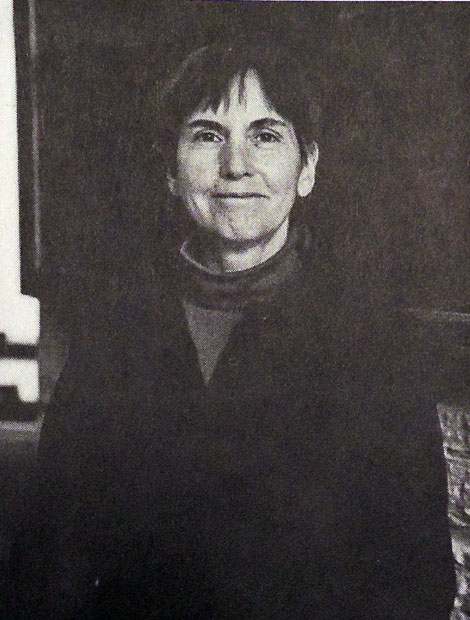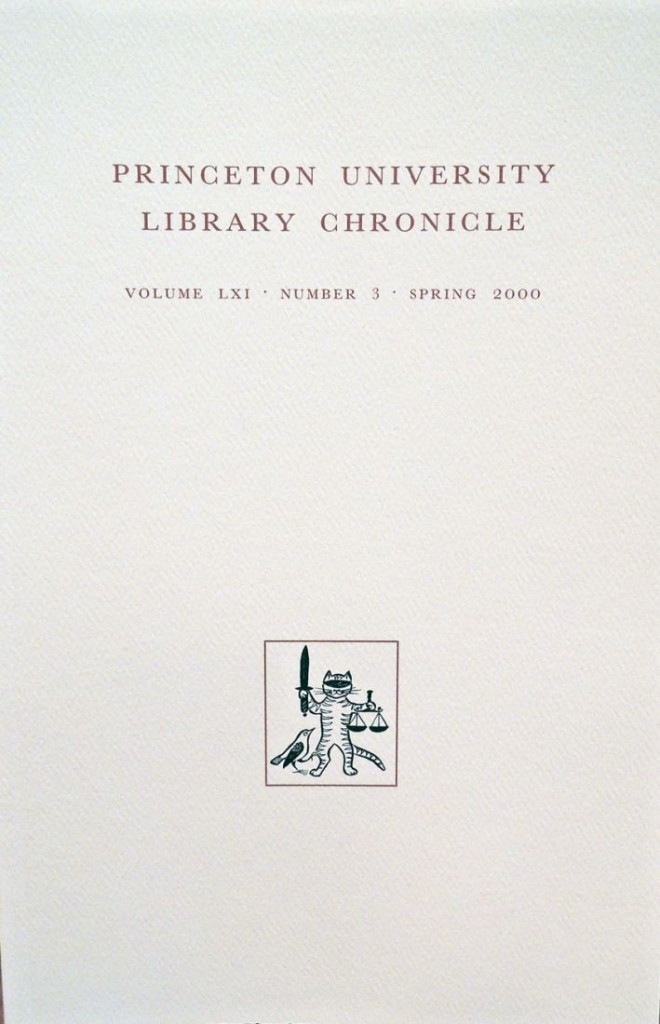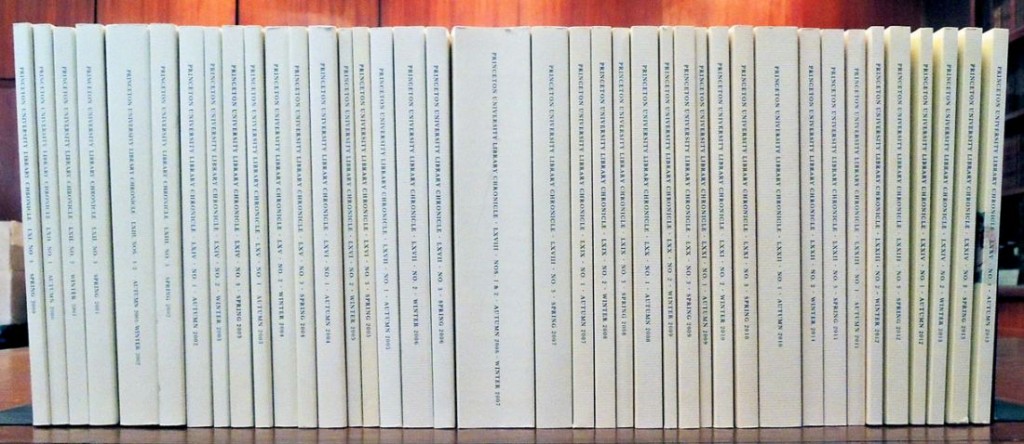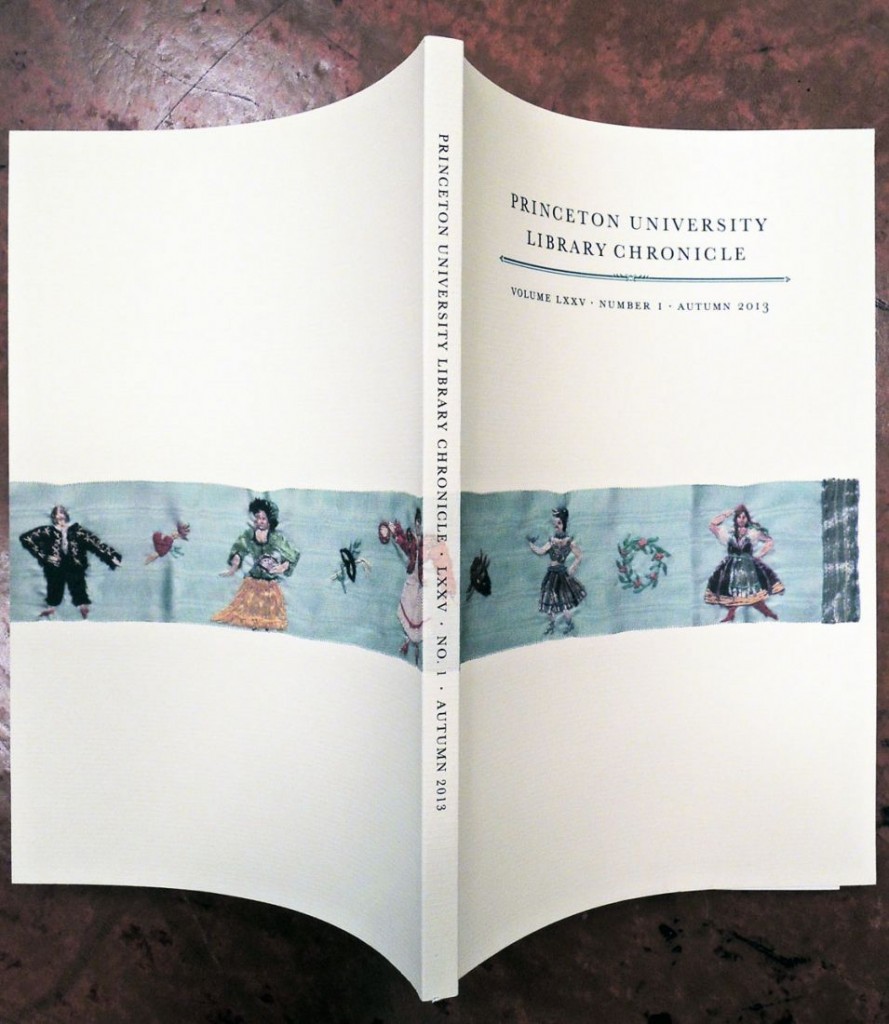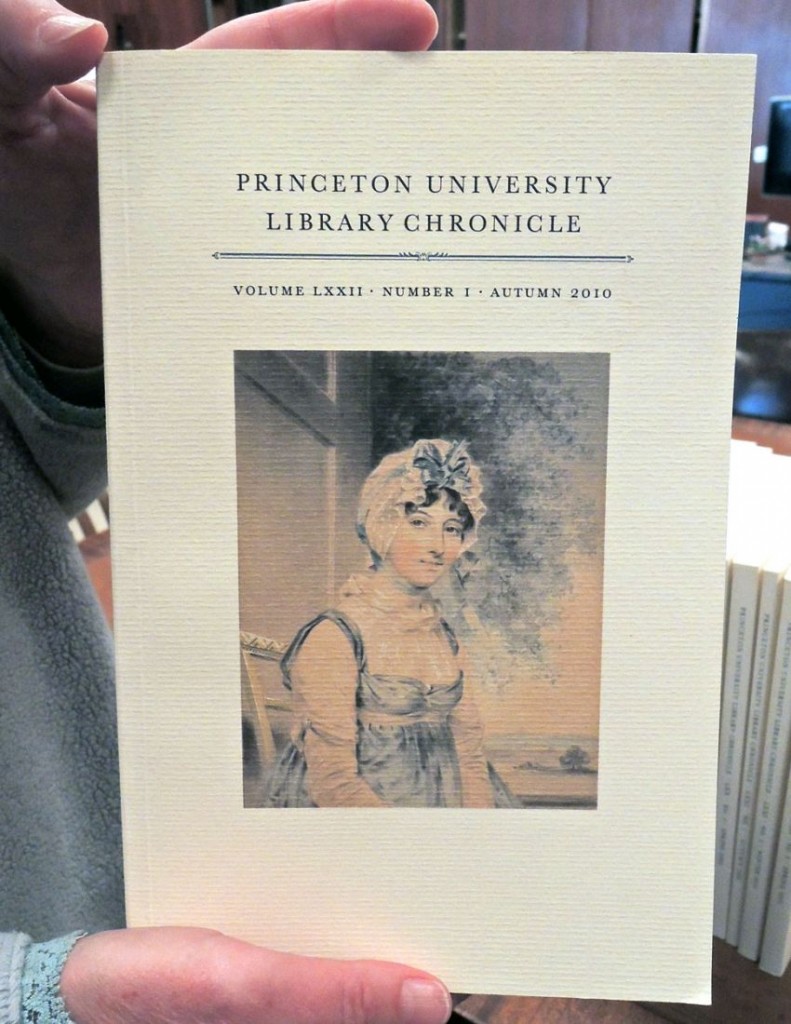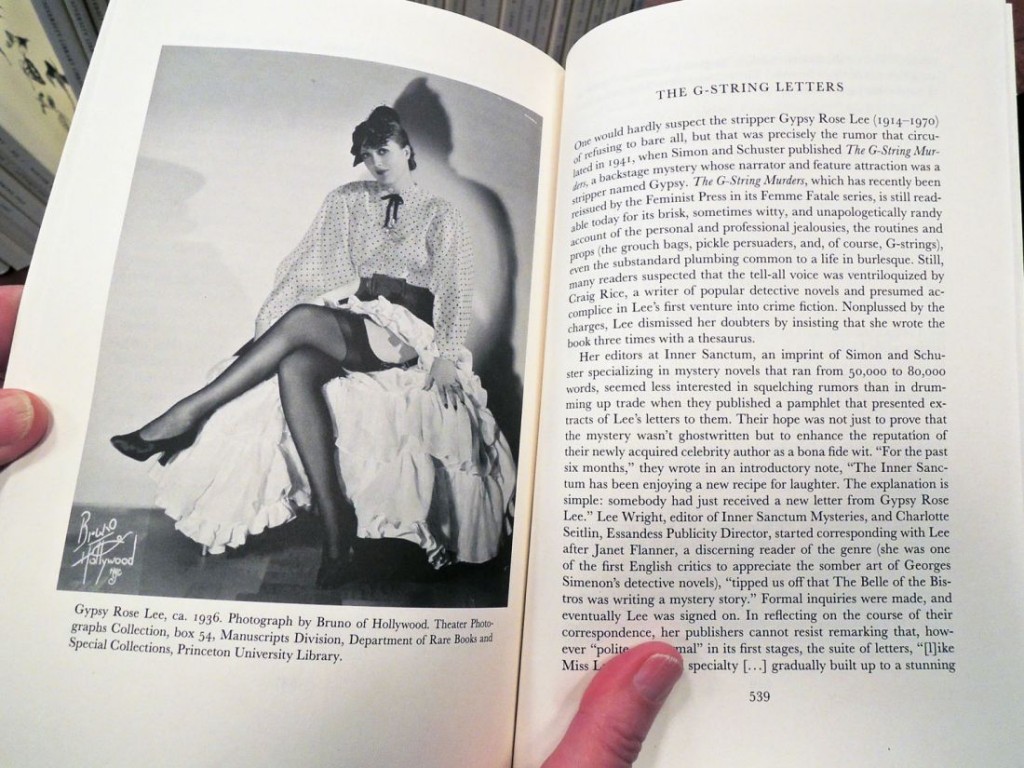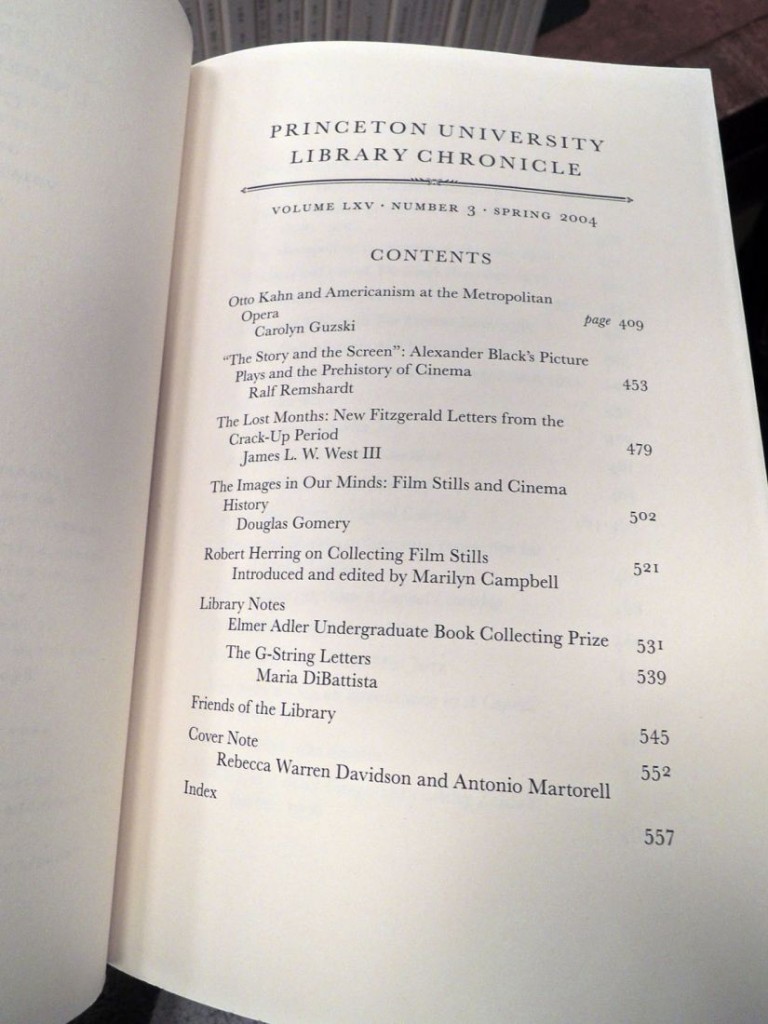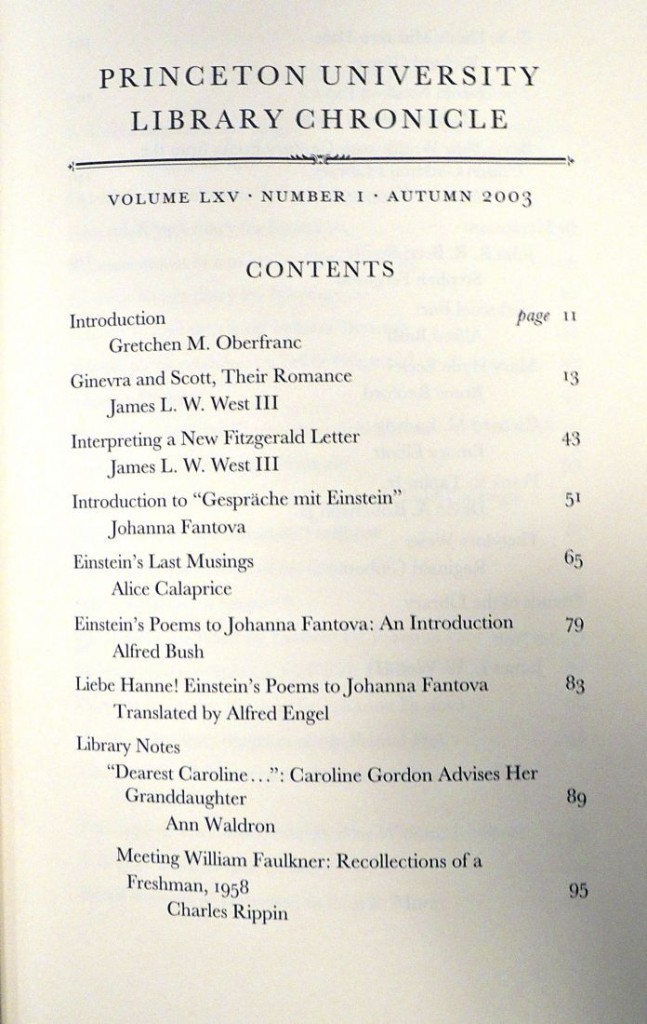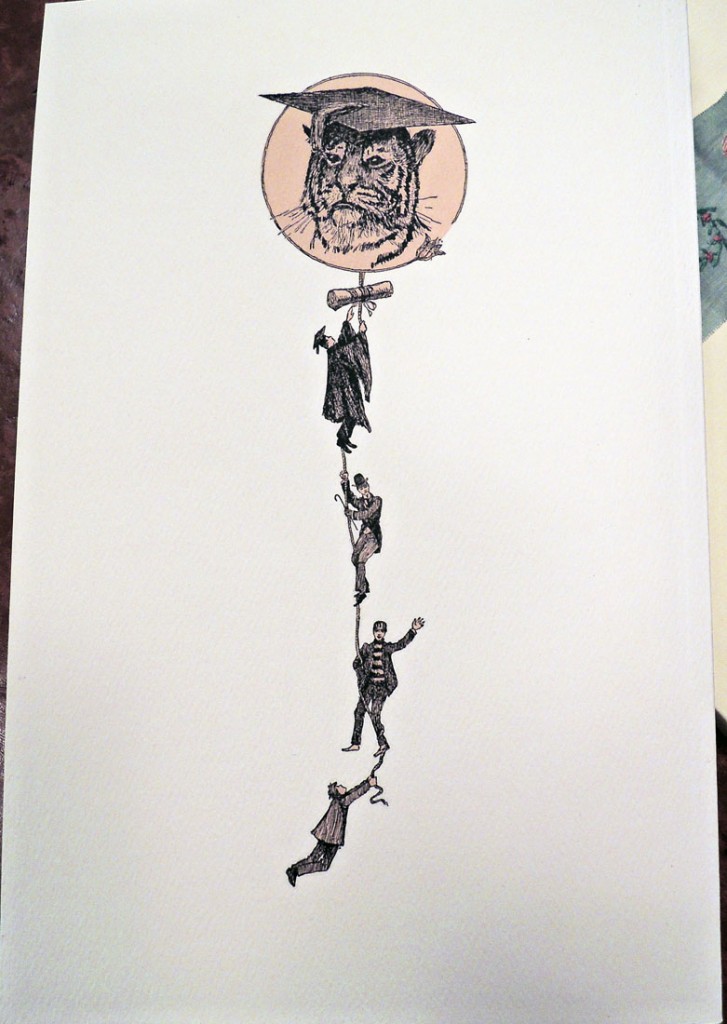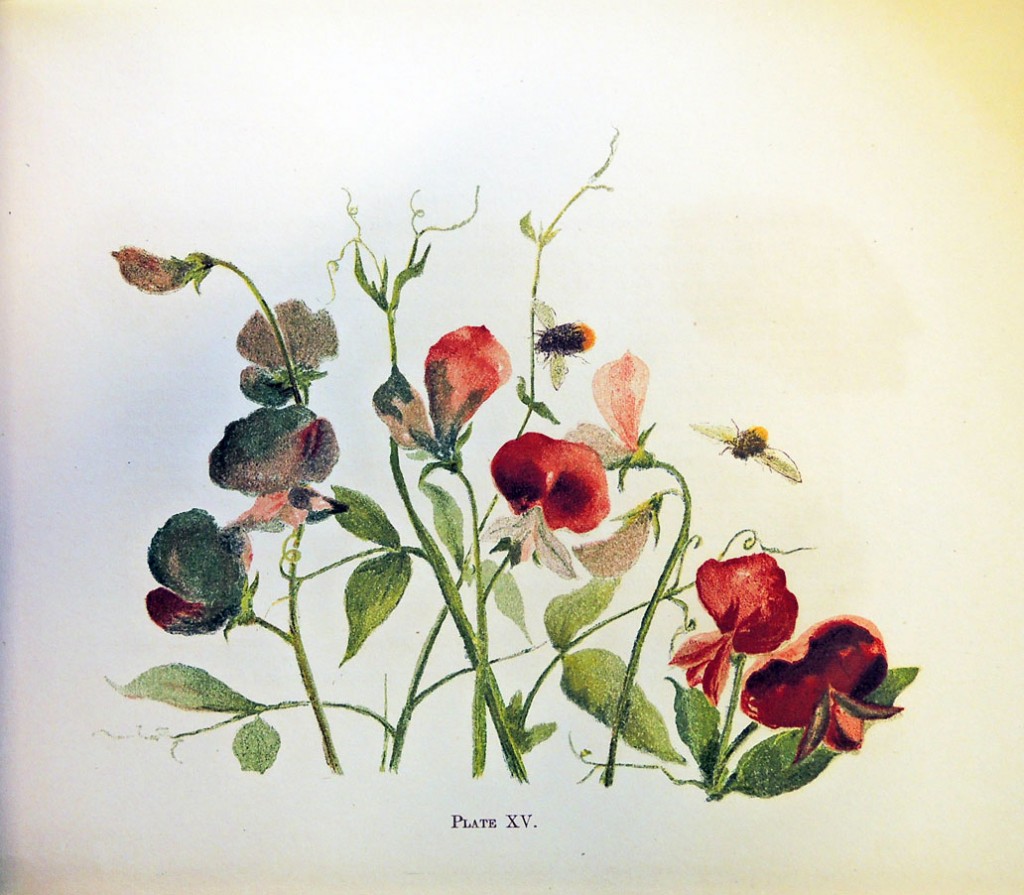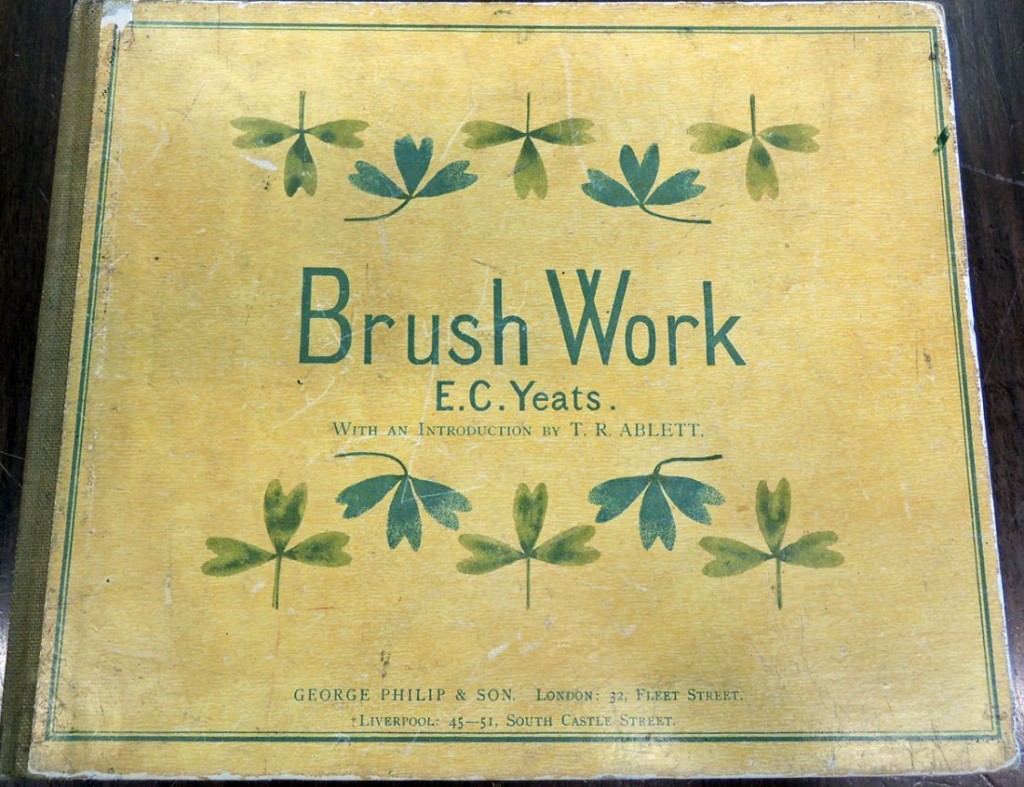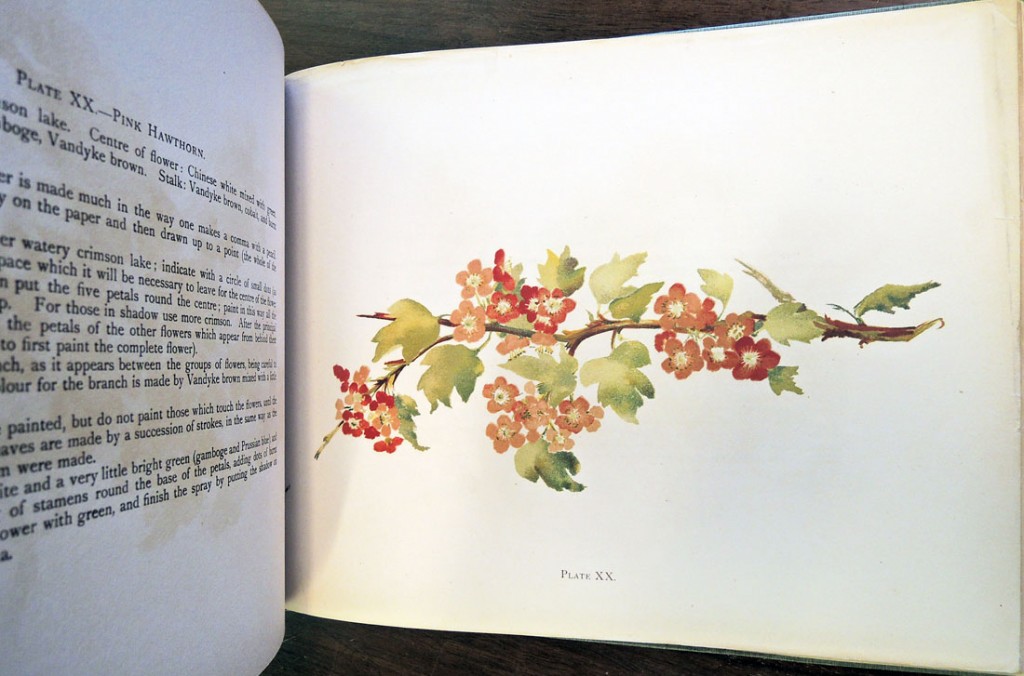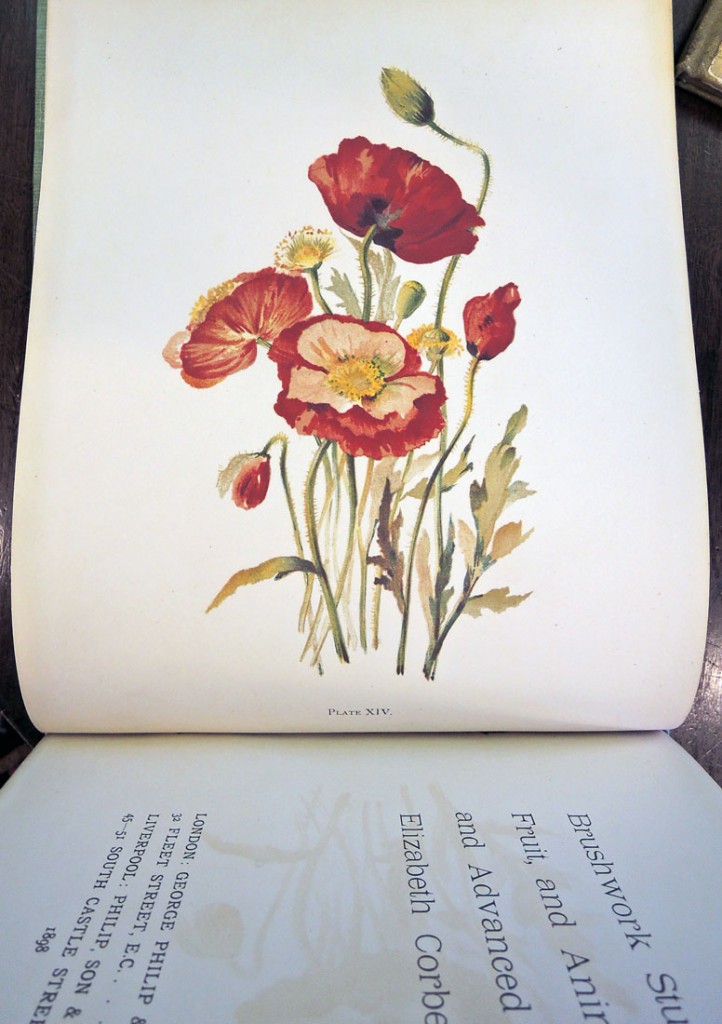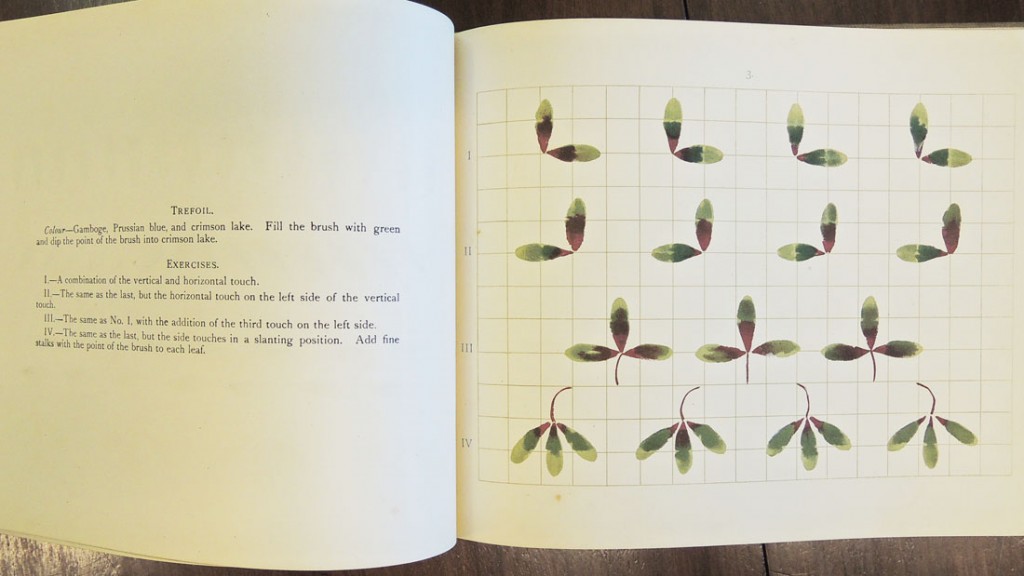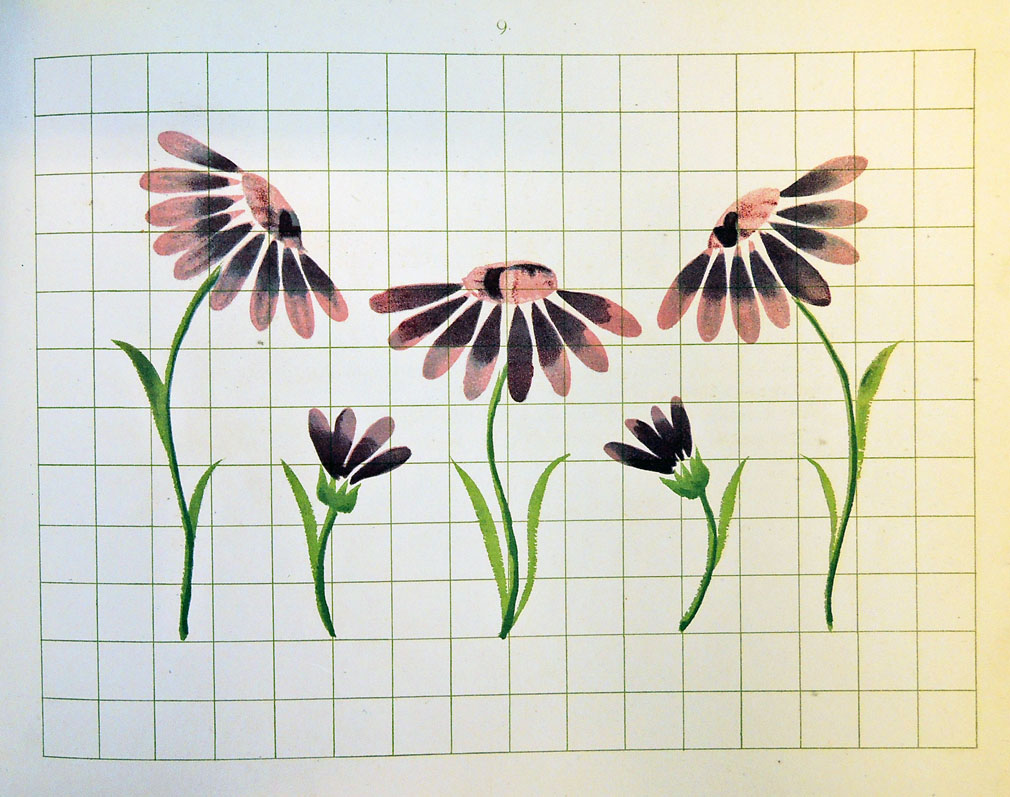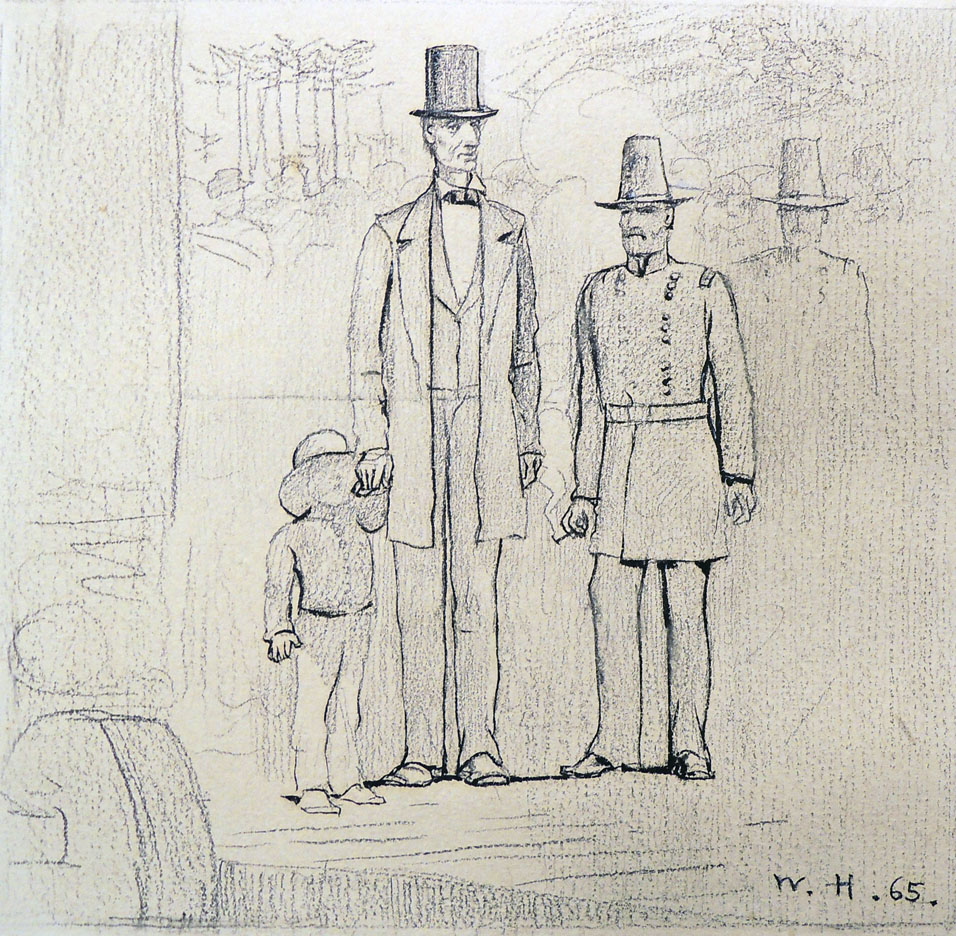H. R. 5893
To restore the First Amendment Rights of Photographers.
IN THE HOUSE OF REPRESENTATIVES
January 2, 2015
Mr. Stockman introduced the following bill; which was referred to the
Committee on Oversight and Government Reform, and in addition to the
Committees on Natural Resources, Agriculture, and the Judiciary, for a
period to be subsequently determined by the Speaker, in each case for
consideration of such provisions as fall within the jurisdiction of the
committee concerned
A BILL
To restore the First Amendment Rights of Photographers.
Be it enacted by the Senate and House of Representatives of the
United States of America in Congress assembled,
SEC. 2. FINDINGS.
Congress finds as follows:
(1) In recent years, the Federal Government has enacted
regulations to prohibit or restrict photography in National
Parks, public spaces, and of government buildings, law
enforcement officers, and other government personnel carrying
out their duties.
(2) In recent years, photographers on Federal lands and
spaces have been threatened with seizure and forfeiture of
photographic equipment and memory cards, and have been arrested
or threatened with arrest for merely recording what the eye can
see from public spaces.
(3) Even in the absence of laws or regulations, Federal law
enforcement officers, other government personnel, and private
contractors have been instructed to prohibit photography from
public spaces, and threatened photographers with arrest or
seizure of photographic equipment.
(4) Arresting photographers, seizing photographic
equipment, and requirements to obtain permits, pay fees, or buy
insurance policies are abridgments of freedom of speech and of
the press.
(5) The First Amendment of the United States Constitution
states, “Congress shall make no law . . . abridging the
freedom of speech, or of the press.”.
(6) Still and motion photographs are speech.
(7) The photography by Ansel Adams and other famous
photographers helped bring home to Americans the beauty and
fragility of our natural resources.
(8) Ansel Adams’ photographs helped build public support to
make Yosemite into a National Park.
(9) Future “Ansel Adams” must not have their paths
blocked, regulated and made more expensive with fees and fines,
or be threatened with arrest and seizure of their equipment.
To continue reading, see: https://www.congress.gov/bill/113th-congress/house-bill/5893/text


